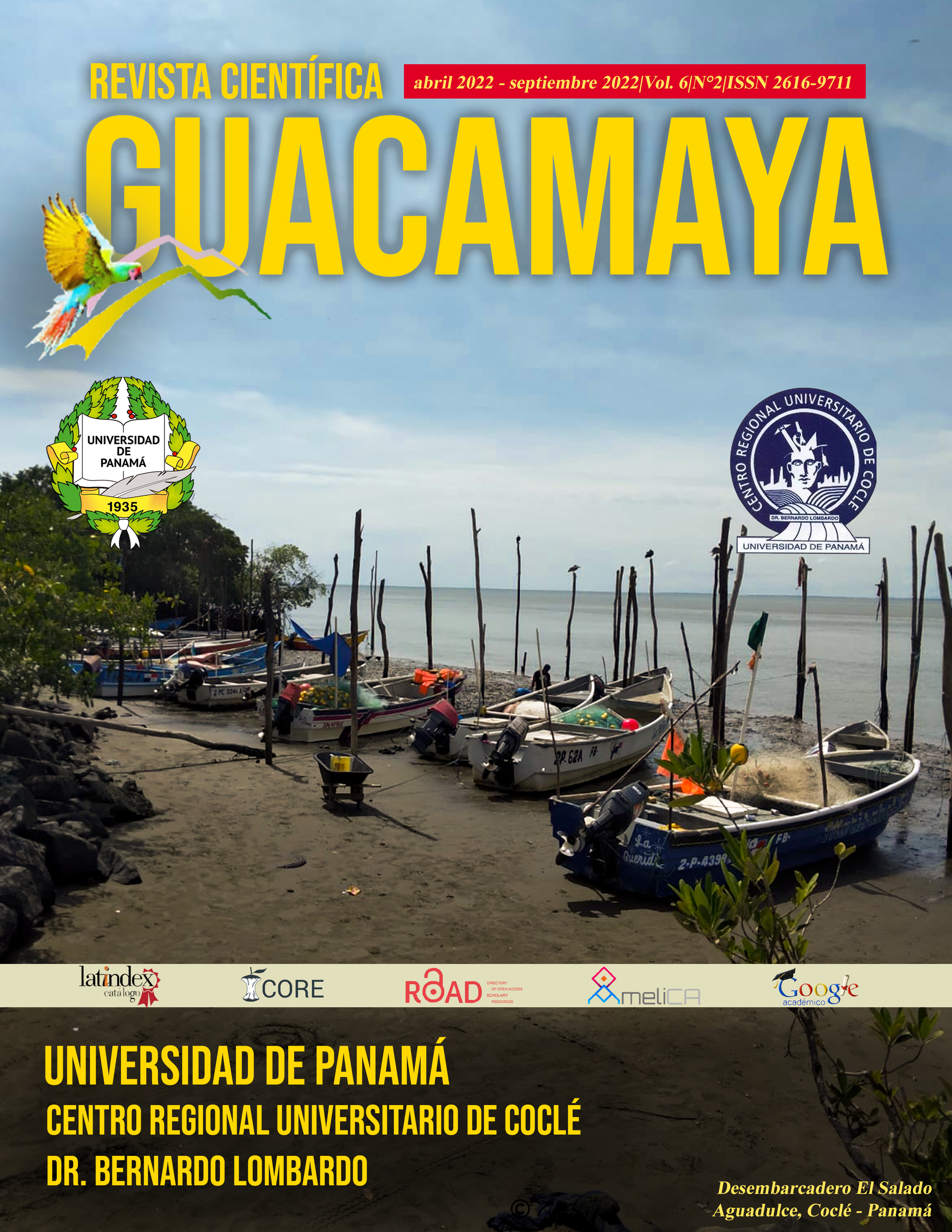

Supreme Decree No. 010-2010-MINAM - Maximum Permissible Limits for the Discharge of Liquid Effluents from Mining and Metallurgical Activities, establishes the environmental guidelines for those involved in this economic activity. Annex No. 1 of the decree establishes the maximum values for each parameter included in the regulation that the operators must comply with as part of their environmental commitments. In case of exceeding any of these values, this would result in a sanction and subsequent fine by the Organism of Environmental Evaluation and Control (OEFA). In Chile, there is Decree 90 of 2001 - Emission Standard for the Regulation of Pollutants Associated with Liquid Waste Discharges to Marine and Continental Surface Waters, which contains a table with discharge values that have been set taking into account the dilution capacity of the receptor, a criterion not taken into account in Peru's environmental regulations. In this sense, we proceeded to take a hypothetical scenario where this criterion would be taken into account in Peru, and thus, compare the results of this scenario. The results were obtained by analyzing two cases of two different mining companies, both sanctioned and fined by OEFA, namely Compañía Minera Kolpa S.A. and Compañía Minera Atacocha S.A.A. In the first case, OEFA verified that the first company had a copper concentration in its effluents of 2,194 mg/L, and in the second, it exceeded zinc with a concentration of 7,633 mg/L. According to Peruvian regulations, the permissible limits are 0.5 and 1.5 mg/L, respectively. However, in a hypothetical situation where there is a receiving body with dilution capacity in both cases and the same Chilean regulations, the limits would be 3 and 20 mg/L, respectively. Therefore, it was concluded that, in such a hypothetical situation, the environment would not be harmed and, likewise, the person in charge would not receive a fine for an infraction that does not really fit the implication of committing a damage to the receiving body. It is a theory that we try to exemplify with the purpose of modifying the regulations with each new finding that ensures and increases the efficiency of such regulations.